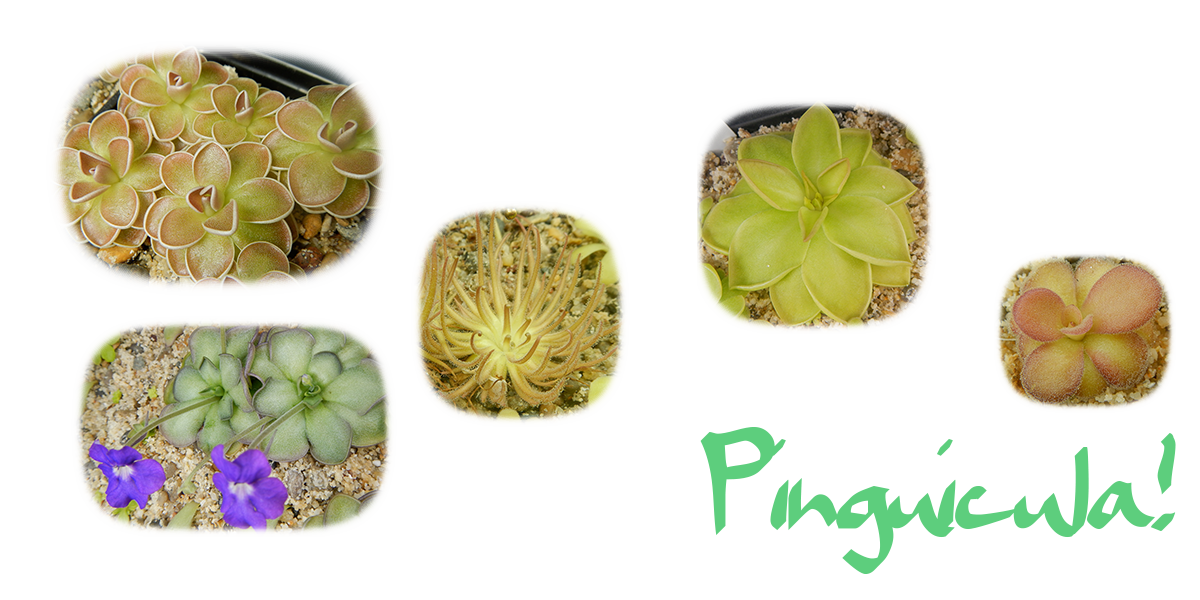How To Grow Carnivorous Plants - The Ultimate Guide to Growing Venus Flytraps

Do you have trouble with Dionaea cultivation? We have a good bit of experience growing the popular Venus flytrap. We will dispel some myths and explain the proper care of this popular and mysterious plant.
The Venus flytrap (Dionaea muscipula) is often given the undeserved reputation as a difficult-togrow plant. This could not be farther from the truth. A much better profile of D. muscipula would characterize it as not difficult, but particular. They simply have a few Achilles’ heels that are not addressed in a death cube on a dark shelf within the confines of a hardware store, which often ends in tears as the weak plant perishes while attempting to acclimate to new conditions that may often be worse than where they came from. I have noticed the directions that come with these plants as well often have incorrect or inaccurate data on them that will end up killing your plant.
First of all, the Venus flytrap is not native to some distant dark jungle on another part of the globe. It is actually native to a small area of the North and South Carolina coastline, living in moist and nutrient-poor savannahs and wetlands. These environments can best be described as very hot and bright in the summer, with definite winters that may have the occasional freeze with chilly temperatures and reduced daylight hours. You can imagine why these plants often look terrible in stores!
When you first receive your flytrap, and whether or not it is potted or not, I would highly recommend planting it within a pot much larger than the plant itself. The reasons for this are to prevent freezing of the rhizome during extremely cold weather by insulating the plant with more soil, to reduce repotting that may stress the plant, reduces the amount of watering in the summer, and to have some extra room for the other plants you eventually rescue from your local department store. A recommended mix for flytraps would be the typical 50/50 peat/sand mix using additive-free peat (all media MUST be additive-free) and a low-tds pool filter sand. If you are unsure of the tds levels of your sand, a method I use is to simply put some within a cup of distilled water, stir, and measure the tds of said water with a meter. If it comes out with something lower than 50 PPM, you should be good to go. If not, the sand will require washing until the TDS is below 50 PPM. Long-fiber sphagnum, a split peat/perlite mix, or even pure sand (I’ve observed this in the wild) is also acceptable.
Second, be sure to dampen the soil you use in either distilled, rain, or reverse-osmosis water. Then place your Venus flytrap in an area where it will be able to receive at least 3-4 hours of direct sunlight a day, and keep the soil moist. I have noticed that this seems to be the minimum amount of sun required for the plants to produce healthy upright traps during growing season. The plants will shrink back at the end of the summer, losing their leaves and producing a few small ground-hugging traps to prepare for the winter. The plants will then begin to produce upright traps again once spring begins again.
Venus flytraps may have a few weaknesses that may make them seem tricky to the novice grower. But as long as they are protected from long-term freezes, are kept moist, given low-TDS water/media with no additives, allowed to go dormant, and given PLENTY of direct sunlight, the plants are close to indestructible.

